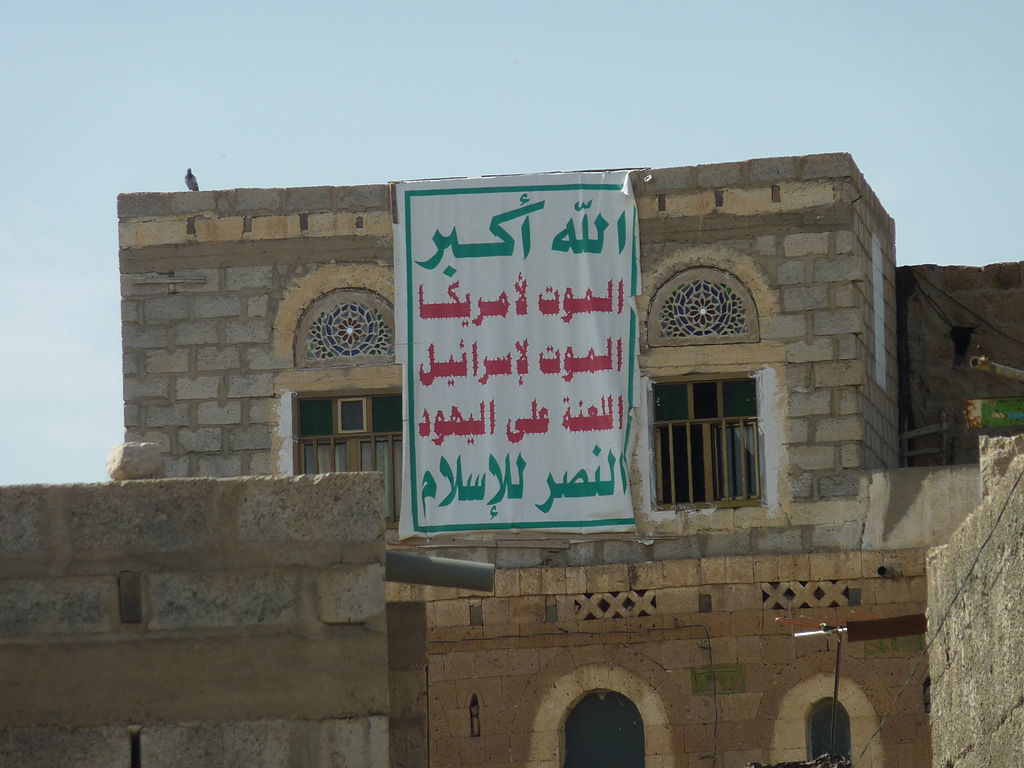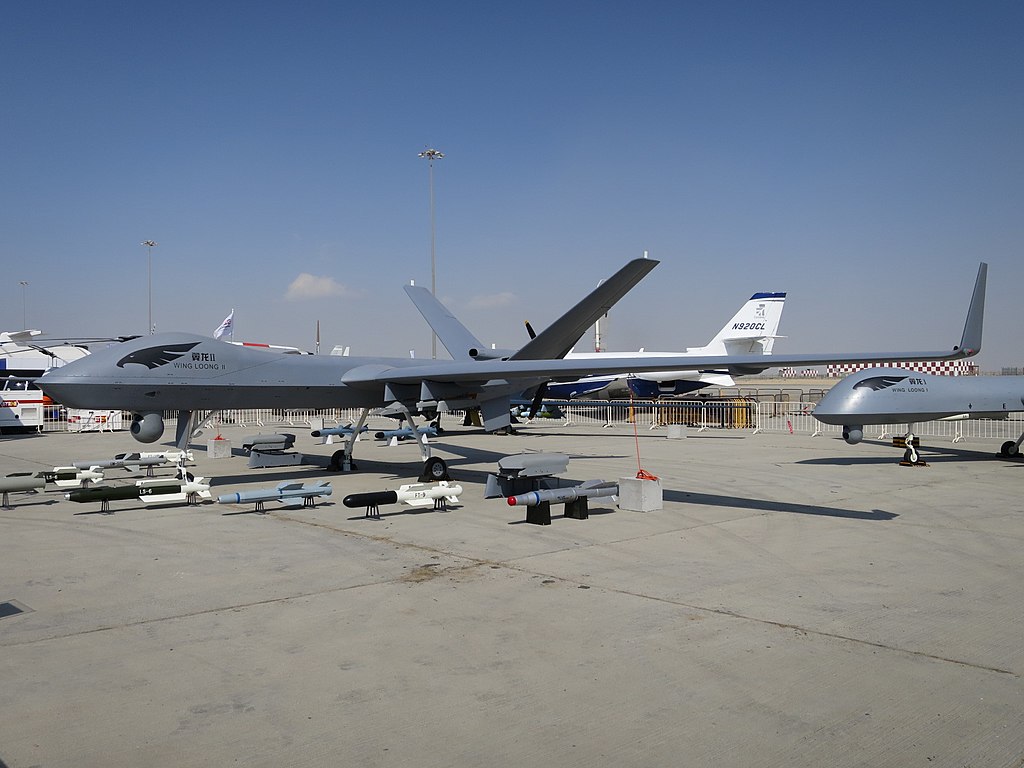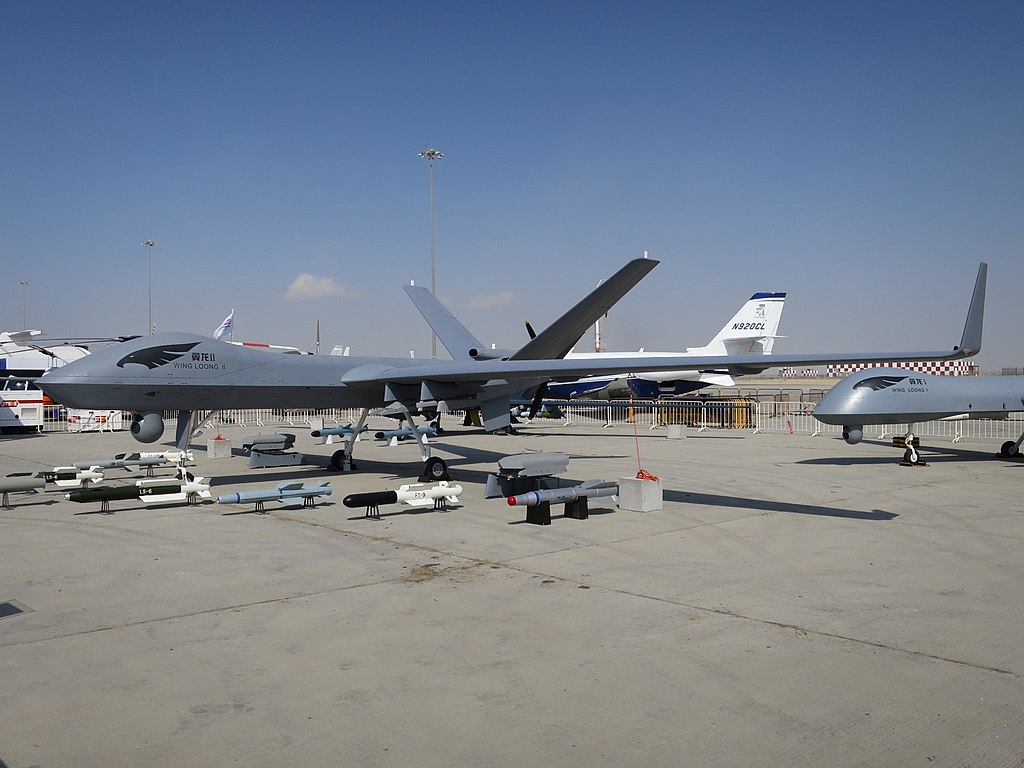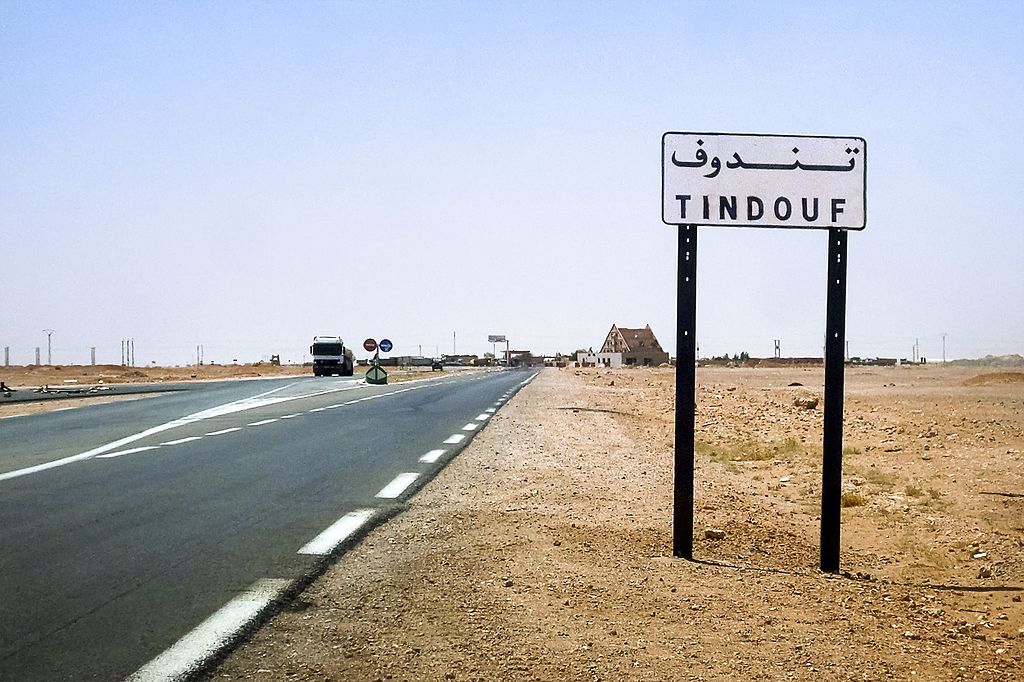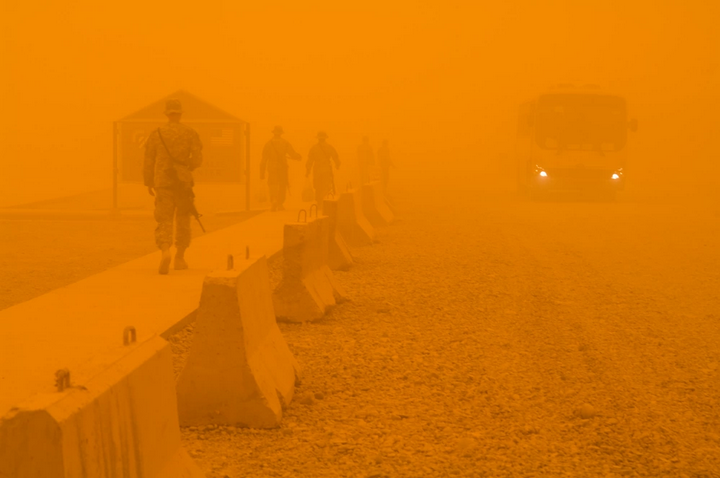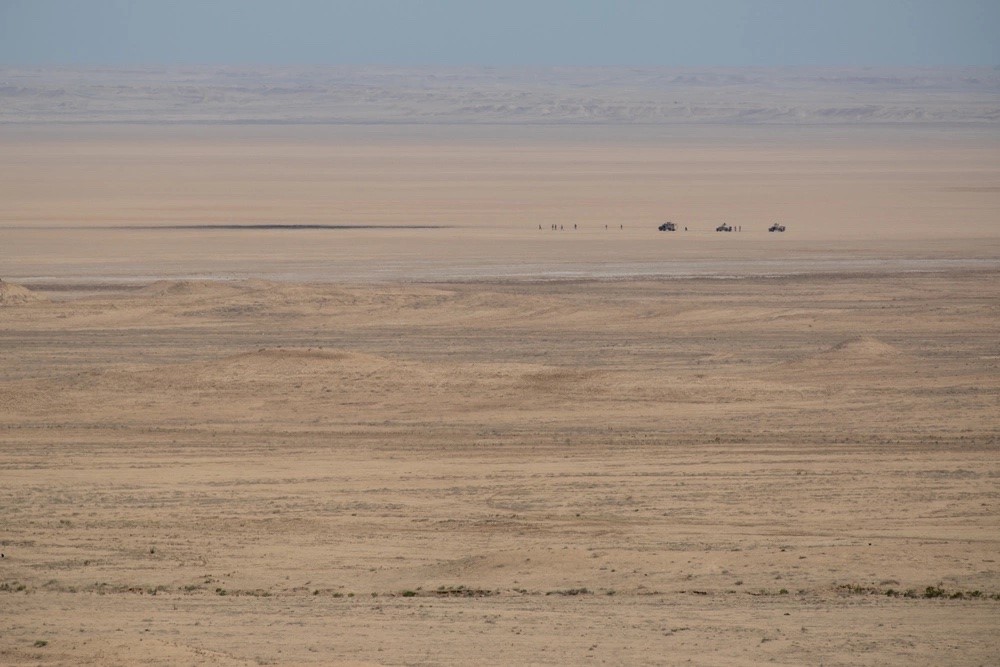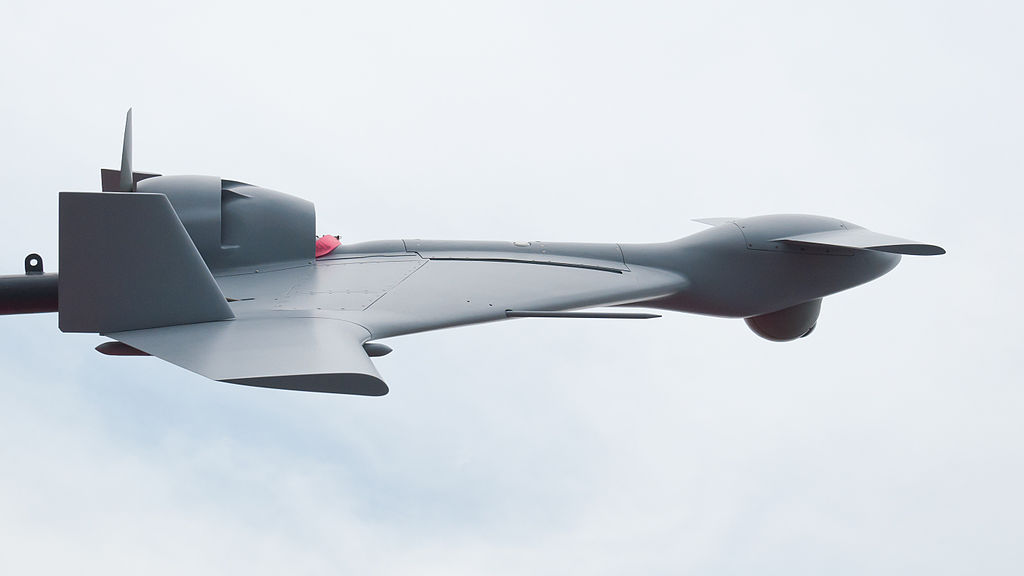
IAI Harop UAV at Paris Air Show 2013.
“China controls 80 to 90 percent of global capacity. This is an extremely dominant position for a country at a time when everyone is trying to expand.”
Security cooperation between Morocco and Israel has expanded rapidly since the two countries formalized relations as part of the 2020 Abraham Accords. As reported in the Saudi daily al-Sharq al-Awsat, the two militaries will institutionalize regular joint training and education programs. In addition, Morocco has agreed to purchase Israeli weapons systems, including the BARAK MX Integrated Air & Missile Defense System, Heron unmanned aerial vehicles, and Harop loitering munitions[RG1] . Seeking to bolster its domestic defense industry with Israeli know-how, Morocco is set to eventually manufacture Harop munitions domestically.
Against this backdrop, Algerian media outlets have been dismissive of the extent to which deepening Israeli-Moroccan security links will shift the balance of military power in North Africa. A recent opinion article in the Algerian daily El Chorouk interprets Moroccan outreach to Israel as a sign of desperation and insecurity within Morocco’s ruling elite, due to both regional strategic challenges and uncertainty over royal succession. In this view, Israel is the only party willing to “rescue Morocco from Algeria’s military power,” something that in the author’s view it will not accomplish. Algerian pundits may be dismissive of Morocco’s growing power, but Algerian military leaders are undoubtedly paying attention to the challenge of the Israel-Morocco security partnership.
Source:
“كيف يستفيد المغرب من التجربة الإسرائيلية؟
(How does Morocco benefit from the Israeli experience?),” al-Sharq al-Awsat (influential Saudi daily), 22 July 2022. https://tinyurl.com/n5ntt67x
Kochavi’s visit to Morocco resulted in a series of technical and strategic agreements between the two armies and the two governments. At the core of them is cooperation in various security fields, as well as an active and persistent exchange of experiences, including study exchanges and joint training of combat units throughout the year… Morocco also agreed to buy a set of [Harop kamikaze drones] and to start manufacturing them domestically…
Source:
“الصهاينة لنجدة المخزن ضدّ قوة الجزائر العسكرية
(Zionism to rescue the Makhzen from Algeria’s military force),” El Chorouk (Algerian daily), 9 August 2022. https://tinyurl.com/4k6ew5zb
As for its dispute with Algeria, it led Morocco to an accelerating arms race in which it was difficult to keep pace with its eastern neighbor, leaving it far behind due to the strength of the latter’s resources, in contrast to the scarcity of Moroccan resources… [Morocco] has found no refuge except in the Zionist entity, which cannot provide what Rabat is looking for.
Image Information:
Image: IAI Harop UAV at Paris Air Show 2013
Source: Julian Herzog, https://commons.wikimedia.org/wiki/File:IAI_Harop_PAS_2013_02.jpg
Attribution: CC 4.0

